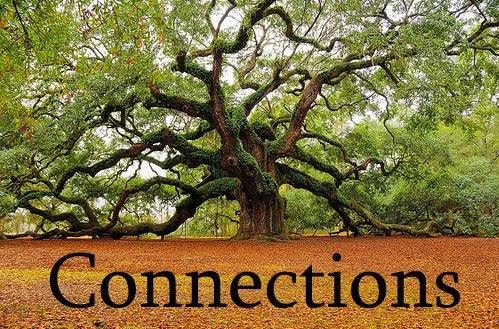The story of one of Samson’s actions was brought to light by Dr. Ephraim Hareuveni... after he had studied one of the interesting plants growing both in the many dry river beds of the Negev (together with the white broom and the saltplant), as well as on the coarse sandhills and sandy loam of the coastal plain – areas that were in Philistine hands in Samson’s time.
In Arabic the plant is called mitnan, a word taken from tamtin or tamtan meaning the guyrope of a tent – yeter in Hebrew. This plant’s Hebrew name, suggested by Dr. Ephraim Hareuveni, is yitran, derived from yeter. [This was the name of Yitran ben Dishon of the descendants of Esau (Genesis 36:26 and I Chronicles 1:41) and of Yitran ben Tzofakh (I Chronicles 7:37).] The yitran is, in fact, the best plant for making ropes. [The Latin name is Thymelea hirsuta (L.) Endl.]
The leaves of the yitran are small and flush with the branch. They have a thick membrane on the bottom (outside) and on the upper side (inside) they are covered with white, feltlike hairs. These characteristics are related to the arid regions in which the yitran grows. Its roots penetrate to the deep strata of the soil, enabling the plant to remain fresh and green throughout the year in Israel, even in desert areas.
The yitran’s branches are bent, especially at the tips. This gives the bush a soft shape, most prominently in the bow-shaped young branches that whip about rapidly in the breeze. This characteristic makes it easy to distinguish the yitran even at a distance from similarly colored and shaped plants growing in its habitat. The yitran also has a sharp sulfurous odor that is diffused when the branches are rubbed or when the bark is peeled to make ropes.
Familiarity with the yitran plant and the lengthy, complex rope-making process enables us to understand how Samson outmaneuvered the Philistines and at the same time publicized his strength far and wide.
“Samson fell in love with a woman named Delilah who lived in the Wadi (valley of) Sorek. The lords of the Philistines went up-country to see her and said, ‘Coax him and find out what gives him his great strength, and how we can master him, bind him, and so torture him; then we will each give you eleven hundred pieces of silver.’
So Delilah said to Samson, ‘Tell me what gives you your great strength, and how you can be bound and tortured?’ Samson replied, ‘If they bind me with seven yetarim that are moist and have never dried, then I shall become as weak as a normal man.’ So the lords of the Philistines brought up to her seven yetarim not yet dry, and she bound him with them. She had men already hidden in her room. Then she called out to him, ‘Samson, the Philistines are upon you!’ Where upon the snapped the yetarim as a strand of tow comes apart at the touch of fire. So the secret of his strength remained unknown.” (Judges 16:4-9)
In the foothills of the Judean mountains where Samson lived..., the yitran does not grow. Ropes made from yitran fibers could certainly have been bought in the local marketplace, but Samson’s instructions to Delilah explicitly prevented this, for he told her that they must be “moist and never been dried.” In other words, he ensured that these would be freshly picked and not rewetted, thus precluding their purchase in the local marketplace as ready-made, dry ropes that Delilah could have wetted before using.
Samson’s conditions required the Philistines to get an enormous amount of work done in one day: They had to gather huge quantities of yitran fibers on the coastal plain for the actual plaiting; immediate plaiting – before the strands dried out – all the while paying strictest attention to the quality of the rope that had to be plaited with special care to ensure the greatest possible strength. All this required marshalling a number of experienced teams capable of finishing the work in the morning hours. For after the ropes were finished, they still had a long journey of at least twenty kilometers from the land of the Philistines to Samson’s home – many hours walk in the heat of the day. All this activity must have caused great curiosity in the Philistine villages along the way. Quite a crowd must have gathered to see the capture and submission of the fabled Samson.
One can almost hear the cries of amazement and excitement from the crowds at Samson’s unbelievable feat when he snapped seven ropes made from this incredibly strong yitran fiber as easily as “a strand of tow comes apart at the touch of fire.” It takes but little to imagine how the story of Samson’s feat grew like wildfire in the telling and retelling as the people returned to their villages and embroidered upon what they had seen and heard. Samson succeeded in multiplying the deterrent power of his actual strength by applying an intuitive understanding of crowd psychology in this clever “public relations” ploy.
(Hareuveni, Nogah., Tree and Shrub in Our Biblical Heritage, Neot Kedumin Ltd., Kiryat Ono, Israel, pgs 54-56)

This adds so much to the story, thank you for sharing.
ReplyDelete